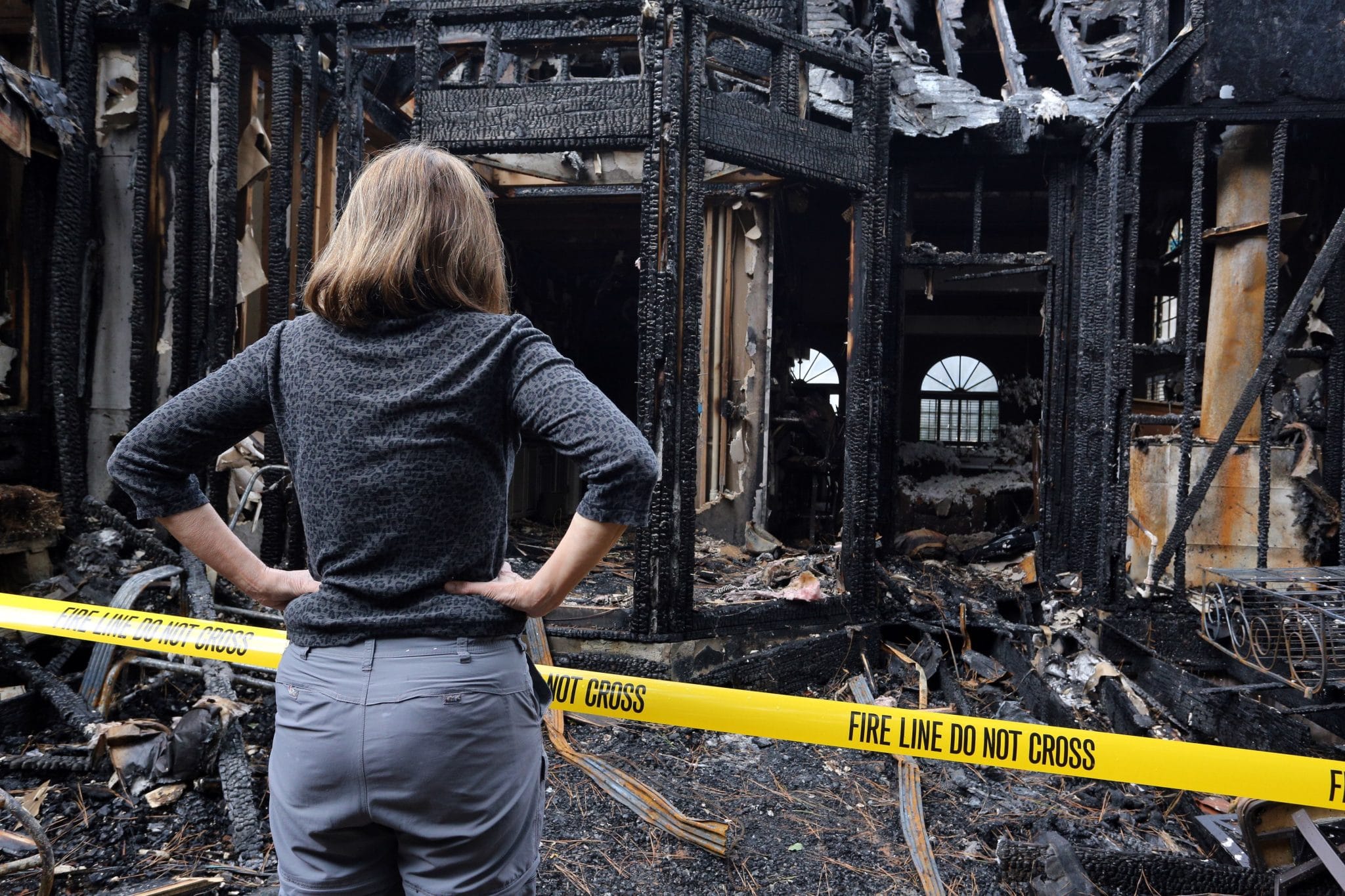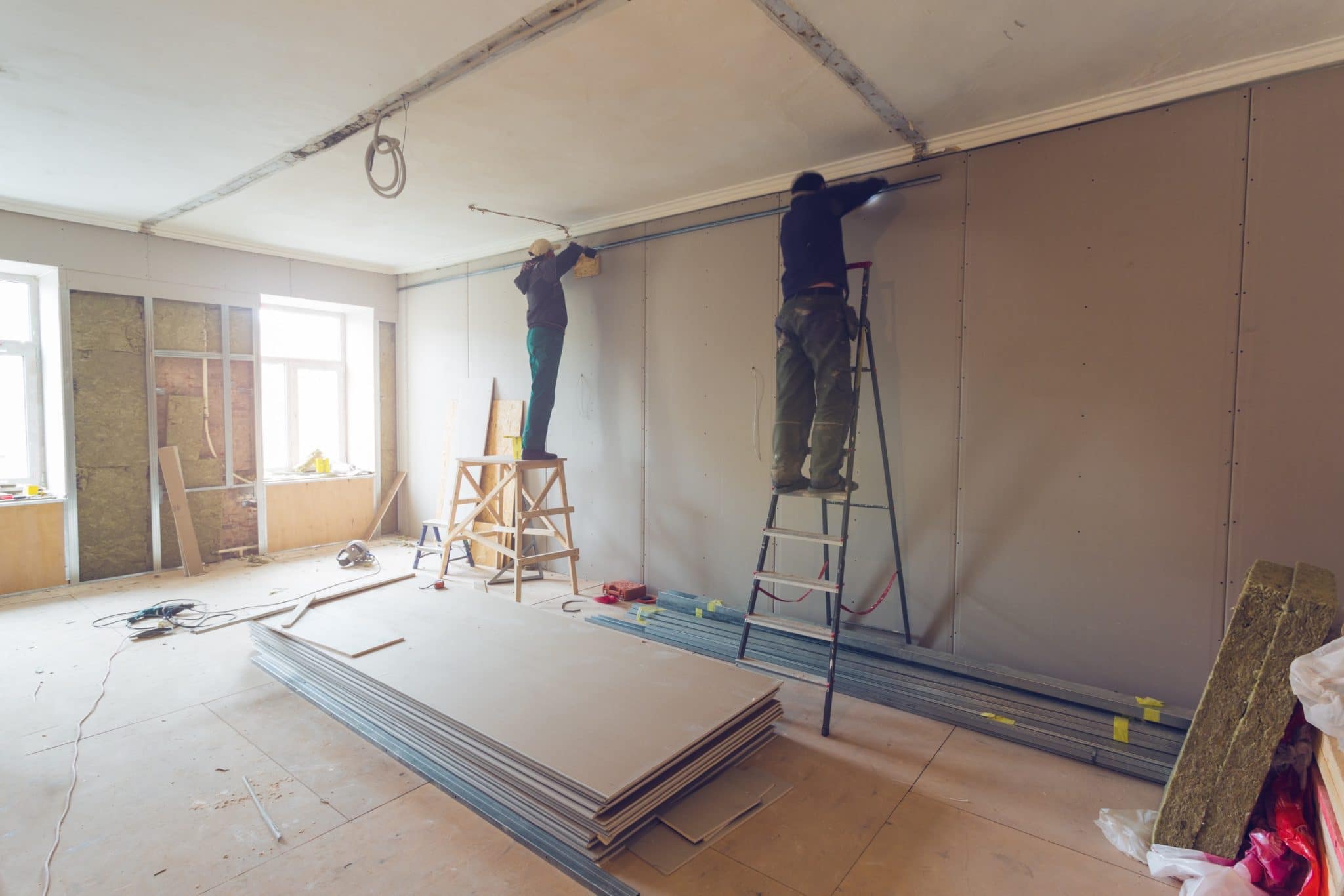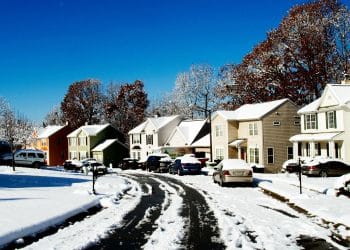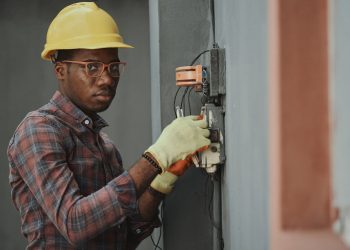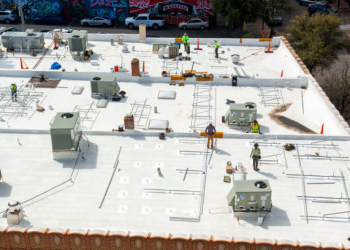Table of Contents
In many cases, a fire-damaged home requires extensive cleaning, repair, and rebuilding to be restored to its original form prior to the untoward incident. Depending on the extent of the damage, restoring a fire-damaged home requires time, effort, and resources. However, taking on a restoration project can become a manageable undertaking if the property owner enlists the help of residential construction and repair professionals and other support systems.
While it’s possible to carry out cleaning and other repairs after a fire without professional assistance, several risk factors can threaten one’s safety while doing so. For one, the home’s structural integrity may have been compromised due to fire damage. The air quality may also be unsafe, especially if the fire just recently concluded and the soot has yet to settle. Finally, the debris from the house’s structure and other items inside it can potentially hurt anyone who enters the site before its safety is guaranteed.
Since a home restoration project is a multi-step procedure with several considerations in place, you need to equip yourself with sufficient information that could help you plan your next steps moving forward. Being strategic would help you maximize your resources, save money, and ensure that the restoration process will be as efficient and convenient for you and your loved ones.
If you’d like some suggestions on how you can restore a home after a fire, continue reading to learn more.
1. Find A Home Restoration Service Provider
Getting a restoration project started may be challenging without consulting building professionals or contractors. For one, assessing fire damage requires professional expertise and it can be dangerous to take on this task without proper protective gear and equipment. Also, some locations have strict government regulations for cleaning and restoring homes after a fire. You’ll need to keep these regulations in mind to avoid any issues or conflicts with your local government.
You can hire professional restoration contractors such as Summit Facility Services to rebuild your home. Companies like them specialize in home restorations after an unfortunate event like a residential fire. Most offer multi-feature packages that include assessment, repair cost estimates, cleaning, construction, and generating reports usually required for filing insurance claims.
2. Contact Your Insurance Company
After a fire, one of the most pressing concerns for property owners is how to fix the damage and where to get resources, such as financial aid and support, for a rebuild. To help you with these concerns, you need to contact your property insurance providers right away and see your options when filing a claim. The claims process can be complex in some cases and may require several documents, visitations, and assessments.
For this reason, you need to allocate a sufficient amount of time for collecting information, preparing documents, and addressing any issues you might have when filing an insurance claim. Hence, it’s essential to start the process immediately to get the resources you need as soon as you can.
3. Comply With Safety Regulations In Your Area
Some localities have health and safety regulations enforced by government bureaus and these guidelines should be closely complied with to avoid legal repercussions. Thus, you’ll need to reach out to your local government and ask for assistance regarding these regulations.
For instance, you may need to secure an entry permit before you can access your property after a fire. Due to safety hazards, local authorities in some places may limit access to fire-damaged properties unless permits are granted. Moving forward, it’s wise to start the restoration process only after acquiring certifications or clearances.
4. Protect Your Home From Intrusion And Vandalism
An empty, damaged home may attract intruders, stray animals, or unattended children – it can be dangerous to let them enter your property. Some may take away your personal belongings, while others may get hurt by falling debris or sharp objects left on site after a raging fire. Henceforth, after confirming that your fire-damaged home is safe to enter, your restoration contractor’s first task is to seal off the perimeter of your property and limit access to it.
For instance, the doors and windows of a fire-damaged house should be boarded up to limit the entrance and add privacy to the interior. Some contractors may also use temporary security cameras or burglar alarms to boost security in the enclosure they’re working on.
5. Enlist Professional Damage Assessment Services
Many restoration companies offer damage assessment services for fire-damaged properties.
A professional assessment is crucial in filing an insurance claim and planning the restoration processes, and this is why it’s essential to complete this task with skilled efficiency. After the inspection is completed, the assessor will have an outline of the required repairs to restore the property to its safe and functional form, and this report may also be submitted to the insurance provider.
6. Test Your Utility Services
A substantial house fire can cause damage to wiring, plumbing, and other systems in your home. To prevent hazards, it’s crucial to check your home systems by hiring professional services from plumbers, electricians, or data providers.
Here are some of the home systems that you’ll need to have checked as you assess damage to your home:
- Power supply;
- Water services and plumbing;
- Phone and data lines;
- Heating, ventilation, and air conditioning (HVAC) components; and
- Smart home technology.
7. Clear The Debris And Trash
Once a house fire has been extinguished, various types of burnt debris such as rocks, wood, and other materials will be scattered on the site. There’ll also be trash coming from items that have been displaced, burnt, or damaged by the water used to douse the flames. These unwanted items should be removed from the property before any restoration or construction to avoid any safety or health hazards. Worry not for the restoration contractors you’ll hire will clear them all before rebuilding.
Apart from cleaning out the property of debris and garbage, your contractor may also have restoration services for valuables and memorabilia such as photos, clothing, documents, and other things that have been rescued from a fire.
8. Remove Health And Safety Hazards
Because of heat, soot, and moisture, fire-damaged houses can accumulate bacteria and other hazardous elements that need to be removed before the area can be safe to live in. Here are some of the cleaning tasks you’ll need to complete as part of the restoration process:
- Soot and other residue removals;
- HVAC repair or cleanup;
- Air ducts cleanup and decontamination; and
- Smoke stain removal.
Some of these cleaning tasks may require professional tools and equipment to complete, and this is why you’ll need to consider hiring specialized services to handle them. Besides cleaning and disinfecting your home, these cleaning tasks will also help you restore your home’s visual appeal by removing marks of fire damage.
9. Repair The Home Structure And Systems
This stage involves most of the construction projects which your contractor will handle. Some parts may need to be rebuilt or replaced to restore your home. Then, you may need to enlist help from other service providers when repairing home systems such as water and power supplies, phone and data services, or security systems.
10. Compile Documentation Relevant To The Restoration process
It’s essential to prepare sufficient documentation of all your costs incurred when restoring your home. Some of the paperwork you’ll need may include receipts from assessment fees, construction expenses, and replacement costs.
You can also add some pictures of the damage as your insurance provider requires to help you process your claim more conveniently. Sufficient documentation can help you receive the best claim value based on the coverage of your contract as well.
Lastly, you can consult with your contractor about other insurance claim requirements that they can help out with.
Restoration Project Timelines
Depending on a number of aspects, restoring a home to its original form and functionality can take weeks or months of construction and rebuilding. Here are some of the factors to consider when it comes to restoration timelines:
- Budget
As with many construction projects, restoring a fire-damaged home can be sped up with enough resources, especially when hiring contractors. If the budget allows, you can consider hiring more workers to rebuild your home. Plus, having a more flexible budget enables you to purchase any installations or replacements that you may need to restore your property to its functional form.
- Severity Of Fire Damage
If your property only incurred minimal fire damage, it’s possible to have it fully restored and functional within a few weeks. Yet extensive fire damage, like defiled concrete foundations, may affect various parts of the home. Severe damage can extend the restoration period for up to several months, depending on the gravity of the case.
- Professional Services
If you’re handling an extensive restoration project, you can consider hiring professional services that will help you save time, effort, and resources.
Delegating tasks to experienced and licensed professionals allows you to dedicate your time working on other essential aspects of the project and ensure that the quality of work done is up to standard.
To boot, you can discuss with your service providers if you have a timeline that needs to be considered or specific preferences as to how you want the project completed.
Conclusion
After a house fire, taking on a restoration project may seem challenging for many property owners. Nevertheless, it’s not impossible to complete it efficiently provided that you enlist the help of professionals and maximize the use of your resources. You can ask for assistance from friends and loved ones and public organizations who can help you restore your home as well.

